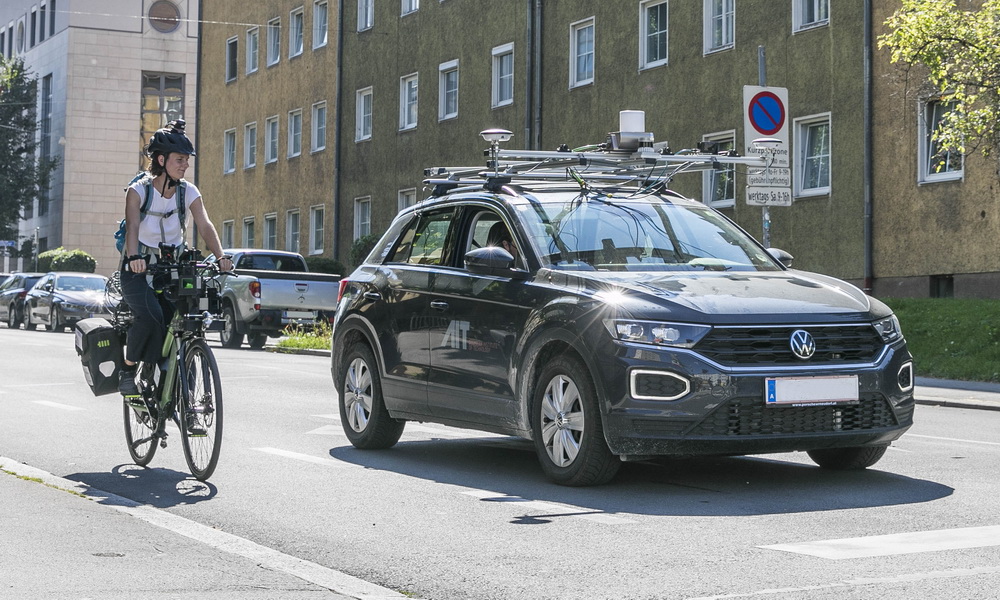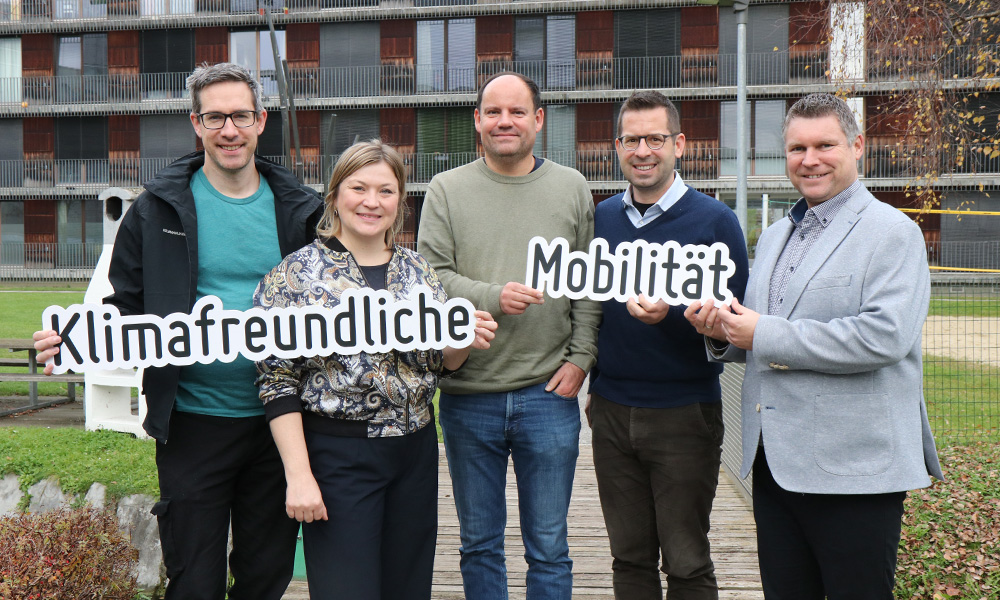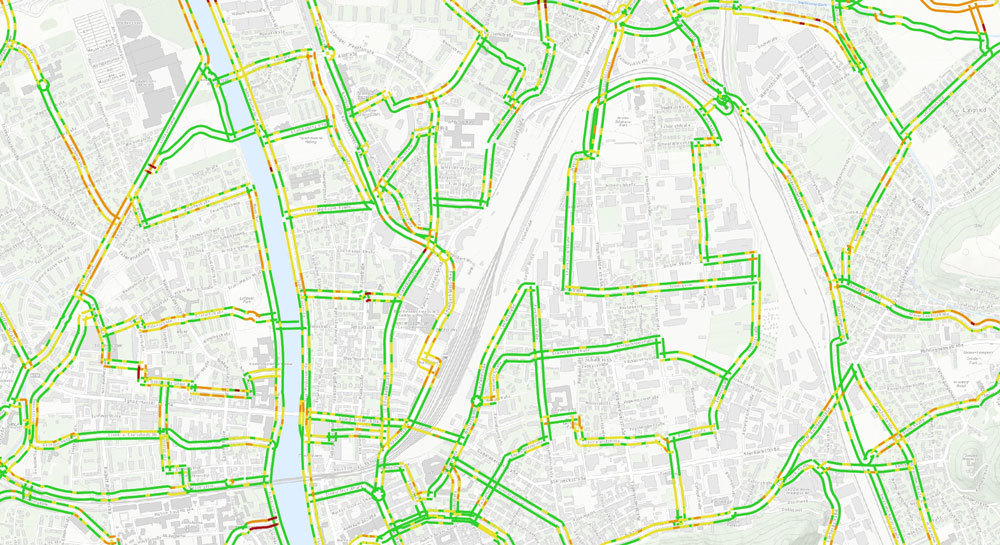
What cyclists expect from self-driving vehicles
Autonomous vehicles will have a significant influence on road traffic in the future. Research and development in this area has mainly focused on the technology itself and the direct users. Other road users have received little attention. A new study by Salzburg Research and the Austrian Road Safety Board provides insights into the attitudes and expectations of cyclists towards self-driving vehicles for the first time.
In recent years, significant technological progress has been made in the field of autonomous driving. However, autonomous vehicles and especially vehicles with minimal driver involvement (SAE levels 4 and 5) will only become established in our transport system if society accepts these technologies.
In order to achieve acceptance, future developments must not only meet the needs of the direct users who drive or ride in self-driving cars. Other, especially so-called “vulnerable” road users, such as pedestrians, motorcyclists and cyclists, should also be taken into account. A subjectively and objectively safe interaction from the perspective of cyclists must be designed, because cyclists and other vulnerable road users do not actively choose the technology they want to interact with – they are confronted with it in traffic without being asked.
The study by Salzburg Research and the Austrian Road Safety Board highlights the role of cyclists who interact or have to interact with autonomous vehicles in traffic:
Technology affinity, age and gender play an important role!
The results show that cyclists’ affinity for technology, age and gender have a significant influence on cyclists’ confidence and their perceived safety towards self-driving cars: Men have more trust and perceive automated vehicles as safer than women. With increasing age, trust and perceived safety decrease. The more tech-savvy people were, the higher their trust and perceived safety.
Safety of technology, autonomous status and next manoeuvres
For the cyclists who participated in a focus group, a central prerequisite for encountering and interacting with self-driving vehicles is the proper functioning of the technology. The recognition of other road users should be guaranteed and traffic rules should be reliably observed.
Participants agreed that information about the current status of the vehicle – i.e. is it currently driving autonomously or not – and clarity about the vehicle’s next actions increase perceived safety in mixed traffic situations: Cyclists want to be informed that it is an autonomous vehicle, that it is following the traffic rules and that they have been recognised as cyclists.
External warning signals: Please no face on the vehicle!
The researchers found that cyclists are open to external warning signals to support interaction with self-driving vehicles: Just under half of the respondents preferred warning signals directly on the bicycle, such as vibrating grips or sounds, followed by signals in the environment, in portable equipment, on the self-driving vehicle itself, on the smartphone or other options.
The simulation of a face on the front of an autonomous vehicle, as already investigated in other studies, was clearly perceived as negative by the cyclists.
Examples of feedback from focus group participants:
“I find it a bit scary when I’m surrounded by 1,000 cars that have eyes of some kind and are following me.”
“I don’t feel like rolling my eyes back and forth with the car.”
“Signs of a technical nature are better than seeing emojis on cars.”
When communicating about autonomous vehicles in traffic, policy makers, urban and transport planners and manufacturers need to be aware that people’s trust and perceived safety also depends on factors such as age, gender and affinity with technology. The findings of the study should inform the further development and design of such human-machine communication between autonomous vehicles and other road users.
Read more:
Publication: Claudia Luger-Bazinger, Eva Hollauf, Hatun Atasayar, Cornelia Zankl, Veronika Hornung-Prähauser (2023): Perceptions and attitudes of bicyclists towards self-driving cars: a mixed methods approach In: Frontiers in Future Transportation
Press release (in German): Keine Emojis auf autonomen Autos! Was Radfahrende von selbstfahrenden Fahrzeugen erwarten







